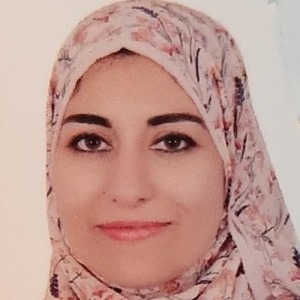Multi-Trophic Aquaculture
Integrated multi-trophic aquaculture (IMTA) uses by-products from one aquatic species, such as waste, as inputs (fertilisers and food) for another. Farmers combine fed aquaculture (e.g., fish, shrimp) with organic extractive (e.g., shellfish) and inorganic extractive (e.g., seaweed) aquaculture to create balanced systems for environmental remediation (bio mitigation), economic stability (lower costs, higher output, product diversification, and risk reduction), and social (better management practices). Integrated multi-trophic aquaculture is based on a natural concept: in the food chain, one species will always find a feeding niche in another species' waste. The notion that nutrients provided to finfish would produce high-quality organic and inorganic waste that shellfish and marine plants rely on for growth was thus put to the test. By transforming by-products and uneaten feed from fed organisms into harvestable crops, IMTA promotes economic and environmental sustainability while minimising eutrophication and enhancing economic diversification.
- Designing Multi Approach Systems
- Integrated Multi-Trophic Aquaculture Regulations
- Nutrient Flow and Sustainability

Perry Raso
Matunuck Oyster Farm, United States
Joni Lee Giovanna Hesley
Education Emerita, CropKing Inc., United States
Virendra Kumar Goswami
Indian Institute of Technology, India
Amit Das
Memorial University of Newfoundland, Canada
Mandeep Kaur
Panjab University, India
Pavarot Noranarttragoon
Department of Fisheries, Thailand



Title : Application of Artificial Intelligence and NISAR satellite to study the air sea CO2 exchange and aquatic toxicology to develop ‘Aquatic Pollution Remediation Technologies’(PART)
Virendra Kumar Goswami, Indian Institute of Technology, India
Title : Conditionally pathogenic microparasites (Microsporidia and Myxosporea) of mullet fish potential objects of mariculture in the Black and Azov Seas
Violetta M Yurakhno, A. O. Kovalevsky Institute of Biology of the Southern Seas of Russian Academy of Sciences, Russian Federation
Title : Integrating art, science and rural development: The multifaced role of aquarium keeping
T V Anna Mercy, Kerala University of Fisheries and Ocean Studies, India
Title : Seaweed aquaculture policy gap analyses in Indonesia, Kenya, and Tanzania
Megan Considine, The Nature Conservancy, Puerto Rico
Title : Utilizing art to enhance learning STEM subjects required for aquaculture
Joni Lee Giovanna Hesley, Education Emerita, CropKing Inc., United States
Title : Exploring the aquaculture potential of marine sponges (Phylum Porifera) in Kerala, India: A focus on growth dynamics and optimization of farming protocols
Anita M George, University of Kerala, India